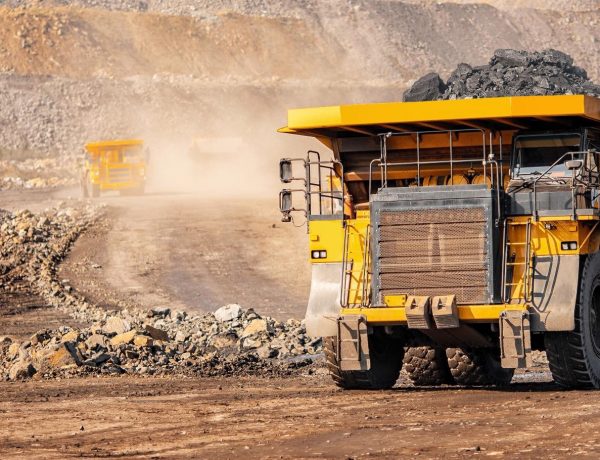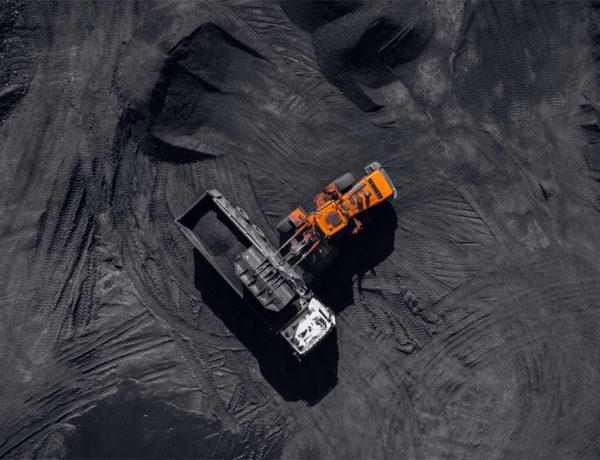Natural Formation
Began in areas of swampy wetlands, in these areas layers of organic matter are accumulated and buried which leads to the formation of coal in mozambique.
Stages of Coal Formation
There are 4 stages of forming coal: Peat, Lignite, Bituminous, and Anthracite
Peat: It’s a soft, crumbly dark brown substance that is formed from generations of dead and partially decaying “algae” yielding carbon dioxide and methane, plants are buried and no longer exposed to air, for several thousands of years the accumulation occurring leads to producing partial decayed plant matter known as “Peat”
Lignite: When peat is deeply buried, water and other compounds are squeezed out from the increase of pressure and temperature then the lowest quality of coal “Lignite” begins to form.
Bituminous: Continuous burial results in an increase of pressure and temperature which causes “Lignite coal“ to be transformed into higher quality coal called“sub-bituminous” then into “bituminous”.
Anthracite: Due to higher Temperature and pressure, coal becomes denser and have higher carbon concentration which results into the highest quality of coal “anthracite”.
Famous Cities
Tete and Niassa provinces are famous for their untapped and undiscovered coal deposits
Production and reserves
coal in Mozambique reserves at the end of 2016 were 25.6 billion t. The reserve ranks nine out of the 49 active producer countries of the world currently listed and is predicted to contain enough coal for a further 200 years of mining given the most optimistic forecasts of growth in the country’s coal industry.
Over 2015 total coal production was 6.6 million t, of which 4.8 million t (72.9%) was exported. That production was 4.2% up over the previous year. It is impossible to reasonably compare production before then as the industry was in the initial stages of development .
for example, in each of the years 2008 and 2009 only 38 000 t of coal were produced, with 28 000 t exported. Significant growth is expected with the coming into operation of Nacala which will initially handle 11 million tpy of coal, increasing to 18 million tpy, then 22 million tpy. Although reliable detailed 2016 figures are not yet available, production of 23.3 million t of coal over the year has been reported, which would indicate a year on year growth rate of 250%, with the reports also claiming production over 2017 of 27.2 million t. This suggests a growth rate of 16.7% over that year
Firming up
There are several forecasts of growth in the production of coal in Mozambique over the next 10 – 12 years. A mid-term (2020) forecast based upon statements by the various mines is 89 million tpy. This is close to a 100 million t forecast by the government and based upon projects it considers ‘firm’ – existing mines and those in development by established companies. A longer-term statement also based on mine reserves is 115 million tpy, which is close to another forecast by the government of 116/120 million t by 2030. This is based on existing mines and all proposed projects, some as yet with no clear or confirmed funding. At best there must be some uncertainty in this forecast.




No Comments